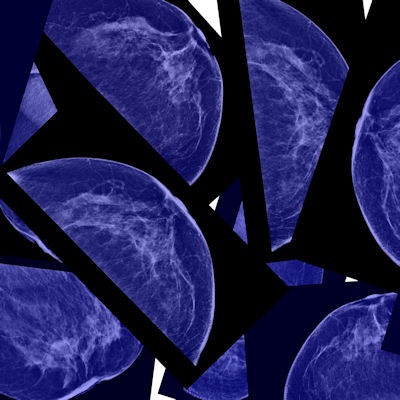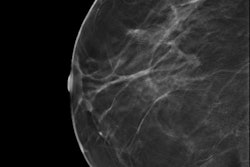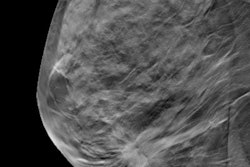
German researchers are starting a clinical trial to test digital breast tomosynthesis (DBT) plus synthesized 2D mammography images versus standard full-field digital mammography (FFDM) for breast screening, according to a BMJ Open article published on 14 May.
More studies are revealing the superiority of DBT in combination with 2D mammography for detecting breast cancer. In addition, to keep radiation exposure down, clinicians can now create 2D mammograms from tomosynthesis datasets, which is known as synthesized 2D mammography.
The current study will provide a comparison of screening efficacy parameters resulting from DBT plus synthesized 2D versus FFDM in a multicenter, multivendor setting on the basis of a quality-controlled, population-based, biennial mammography screening program in Germany. Dr. Stefanie Weigel from the Institute of Clinical Radiology and Reference Center for Mammography Münster is leading the trial, known as TOSYMA (DBT Plus Synthesized Images Versus Standard FFDM in Population-Based Screening).
She and her colleagues will enroll 80,000 women in the eligible age range of 50 to 69. Women deciding to participate will be assigned by 1:1 randomization to either the intervention arm (DBT plus synthesized 2D) or the control arm (FFDM) during a 12-month recruitment period in screening units of North Rhine-Westphalia and Lower Saxony.
State cancer registries will provide the follow-up of interval cancers. The study's primary end points are the detection rate of invasive breast cancers at screening examination and the cumulative incidence of interval cancers in the two years after a negative examination. The study's secondary end points are the detection rate of ductal carcinoma in situ and of tumor size T1, the recall rate for assessment, the positive predictive value of recall, and the cumulative 12-month incidence of interval cancers.
For more information about the trial, click here.



















